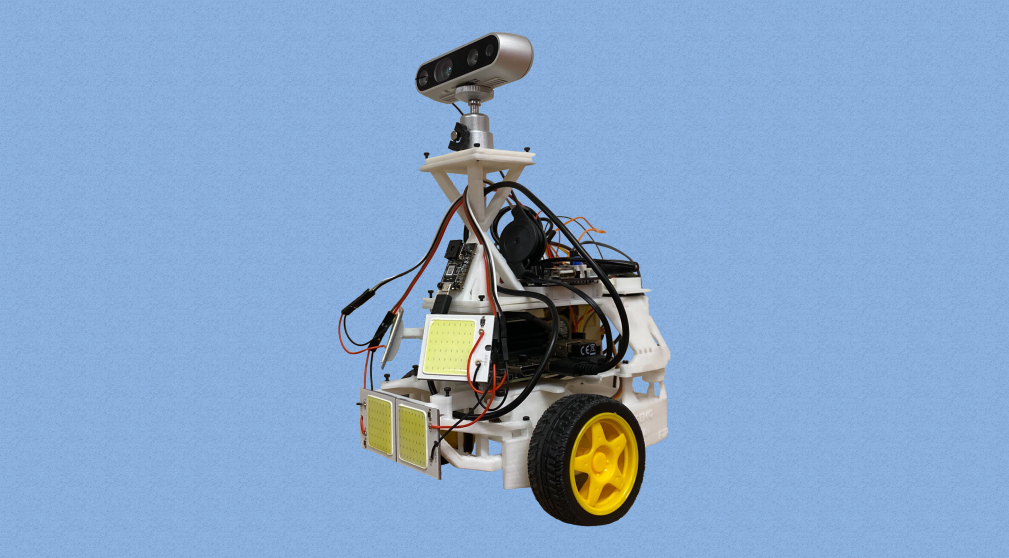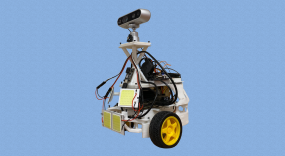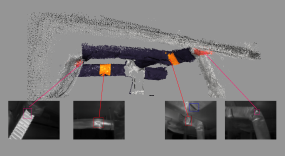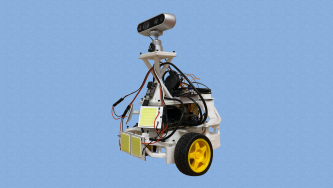
Leak detection for UBC buildings using autonomous robots
Did you know robots could conduct building system inspections? The project deploys automated robots to assess building mechanical systems for leaks and damages that can result in increased energy consumption and CO2 emissions.
Project Team
Zhengbo Zou, Assistant Professor, Civil Engineering/Applied Science
Bryan Archibald, Manager of Maintenance Planning, UBC Building Operations
Buildings account for 25% of the total energy consumed in Canada and 12% of the greenhouse gas (GHG) emissions1. This project aims to address the issue of high energy consumption and greenhouse gas emissions in buildings by improving the process for detecting defects in heating, ventilation, and air conditioning (HVAC) systems and enabling faster and easier repairs
Researchers in the Leak Detection project will improve and test a developed robotic solution that can automatically navigate tight spaces, generate a precise map of the environment, and detect leaks in HVAC systems using onboard sensors and machine learning algorithms. Currently, HVAC system inspections are manual and reactive, which are time consuming and often only occur after buildings have been damaged from system leaks.
Large building portfolio managers like UBC have a significant opportunity to become proactive in addressing HVAC system leaks, blockages and other damages, in existing buildings on campus. These defects can increase the energy consumption of buildings by 20% for cooling climates and 30% for heating climates2. The project will work with UBC building operations staff to identify test buildings for robot deployment and aims to test the robot in 5 buildings with diverse designs, ages, and functions.
Piloting the deployment of the developed robots3 in UBC buildings will serve as a proof-of-concept for automated HVAC inspection and leak detection. The Leak Detection project will contribute to UBC’s commitment to reduce building energy consumption and GHG emissions as set out in the Climate Action Plan 2030. The diversity of the test buildings will provide valuable data for the robotic solution's scalability to various building types and increase potential application beyond campus4. This project provides a creative solution to HVAC leak detection for the vast majority of existing buildings that do not have smart HVAC systems.
1Canada Energy Regulator. (2022). “Provincial and Territorial Energy Profiles”




